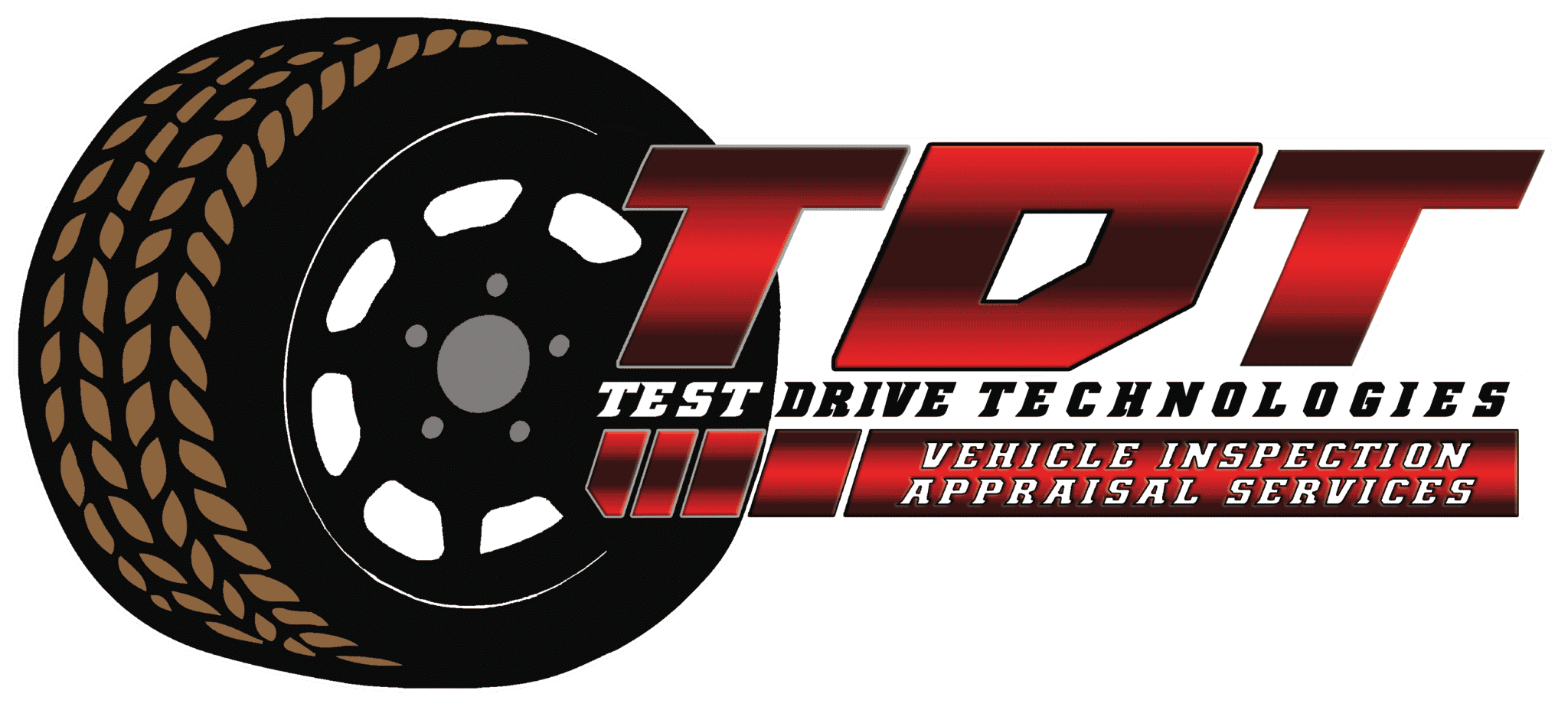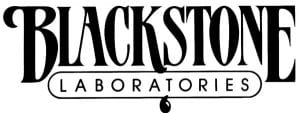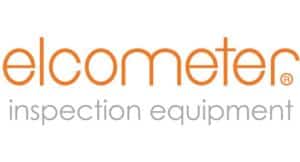To help you along in your search we put together this list of major items to look for in the chassis when buying a motorhome, camper or RV.
Making an investment in a motorhome, camper or RV is making an investment in FUN… That investment should continue to bring you FUN while you own it and not bring you heartache and headaches.
Before we get to carried away in our list here is a couple basic terms which you might or might not know already. If you have just started your search for a motorhome or RV you might have heard these two terms already; Chassis and House. The term Chassis refers to the structure and mechanical aspect of your motorhome while the House refers to the creature comforts and living conditions of the motorhome such as the kitchen, livingroom and bathroom. In this article we will cover areas of the chassis. Click here to view part 2 of this article related to the house.
Likely the part of your motorhome which will cost you the most money to maintain is the chassis. The chassis is made up of several groups which we will outline below along with the items to inspect and ensure are in good working condition prior to your purchase.

The Body of your motorhome chassis is more important than just how it looks. The body of your motorhome chassis keeps everything inside your house warm, cool and dry throughout all the conditions you put it through while you travel. Some things to be majorly concerned about is delamination and sealant or sealant repairs. Delamination occurs when moisture has entered the inside of the exterior wall and released the adhesives which bond the exterior panel to the wood behind it. More of than not, if delamination is found, signs of leaking sealant on the roof or around windows is often found. Delamination is very costly to repair and often requires the entire exterior side of the chassis to be removed. Unless there was an accident or collision, motorhome insurance usually does not cover leaks and delamination damage.

The Frame and Structure of your chassis motorhome is the backbone to your RV. The frame of your chassis consist of frame rails, crossmembers, brackets and mounts. Corrosion and rust are the most concerning things to look for in the frame of a RV… The frame and structure of your chassis are exposed to weather and road elements 24/7 regardless of what condition the motorhome is located. Even if traveled and stored in a dry climate, the chances are the frame has areas underneath which have been blasted by road debris and sand over the years, opening up the bare metal to the salts and moisture. You also should be on the lookout for any welds that do not match on both sides. This would be indicative of a repair. If a repair is found it should look as if the entire section has been cut out and replaced and not just a single weld or line and should also have some additional bracing around it. A full examination of the frame and structure of your motorhome chassis is highly recommended before you finalize your purchase.

As you would expect, the Roof of your motorhome chassis is just as important as the frame of the vehicle. The roof protects everything inside the vehicle but it also protects the inside of the walls and thus the floors. There are many different opinions on the condition of a motorhome roof and how it should look when buying. The reality though is as long as it is solid through and through around all the edges, seams and around the fixtures on top of the unit it is fine. With that said though, take a hard look at the sealant condition. If the sealant is dry, cracked and pulling away from the edges of the seams then it needs to be resealed ASAP. The average cost of repair of roof top seals is $10 per foot which for a 40 foot coach can get real expensive real quick.

The Mechanical condition of your motorhome is one of the areas which can cost the most amount of money in a short period of time. More often than not, RV buyers rely on a “test drive” and do not fully inspect the engine, transmissions, driveline, suspension brakes and electrical system of the coach before finalizing their purchase. This leads to costly repairs that neither party saw coming. It is always best to crawl under the vehicle and at least visually look for items such as leaks and bulging in seals or gaskets as well as cracked bushings. It is also a good idea to ensure you check the exhaust of the coach for any corrosion that has eaten through the piping near the turbo as this can cause performance issues as well as a fire hazard if not repaired. We highly recommend having the engine, transmission, coolant systems examined through our mobile oil sampling and testing services.
Click here to discover more tips on what to look for inside a motorhome or RV before you buy it.





